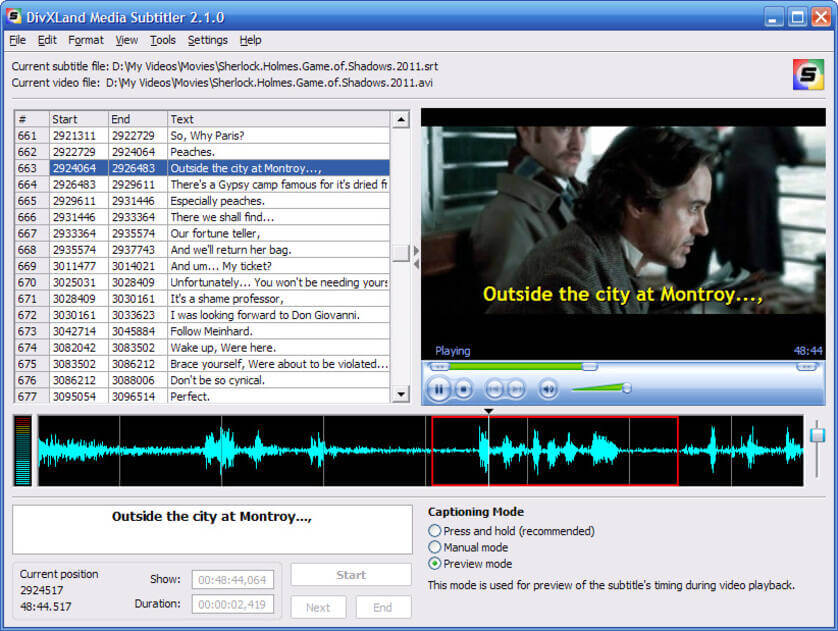

They all allow you to deal with large media files in a variety of formats-yes, they’re powerful enough to do that. You can actually use many free software alternatives, like our old friends Aegisub, Subtitle Workshop and VisualSubSync, or the more frequently updated and flashy Subtitle Edit. I don’t mean this just because you get to charge higher rates. If you’re the type of subtitler who prefers working mainly for direct clients instead of large streaming services via vendors who don’t always offer the best rates, then you might be in a sweet spot in the AVT world. Let’s dive into some of possible software options to help us in our work and see what’s new for subtitlers.ĬAN WE STILL RELY ON FREE SOFTWARE FOR PROFESSIONAL SUBTITLERS? So, what have we been missing in between? Well, features like the ones found in tools technical translators use (e.g., memoQ, Wordfast, and Trados Studio)- although we also have our own options, kind of. Although some things have changed in the past few years, professional subtitlers working for direct clients like production companies, or even film directors themselves, have been using the same resources for a while now: free software and software that’s too expensive for some freelancers. We rapidly went from receiving physical materials to subtitle to logging into our clients’ servers to download media and then email back the subtitles. In audiovisual translation (AVT), however, despite technical improvements and innovations in apps from streaming services, it sometimes feels like we subtitlers are still working in much the same way we did back in 2000.īack then, we faced a huge leap in methodology and tool availability. The overwhelming presence of neural machine translation (NMT) in every translation suite, plus the constant improvement of technologies (e.g., upLIFT from SDL Trados Studio) are changing the way we approach translation with almost every project. Translation environment tools are steadily improving.

(This article was originally published on Jost Zetzsche's Tool Box Journal, and later on July/August edition of The ATA Chronicle.)


 0 kommentar(er)
0 kommentar(er)
